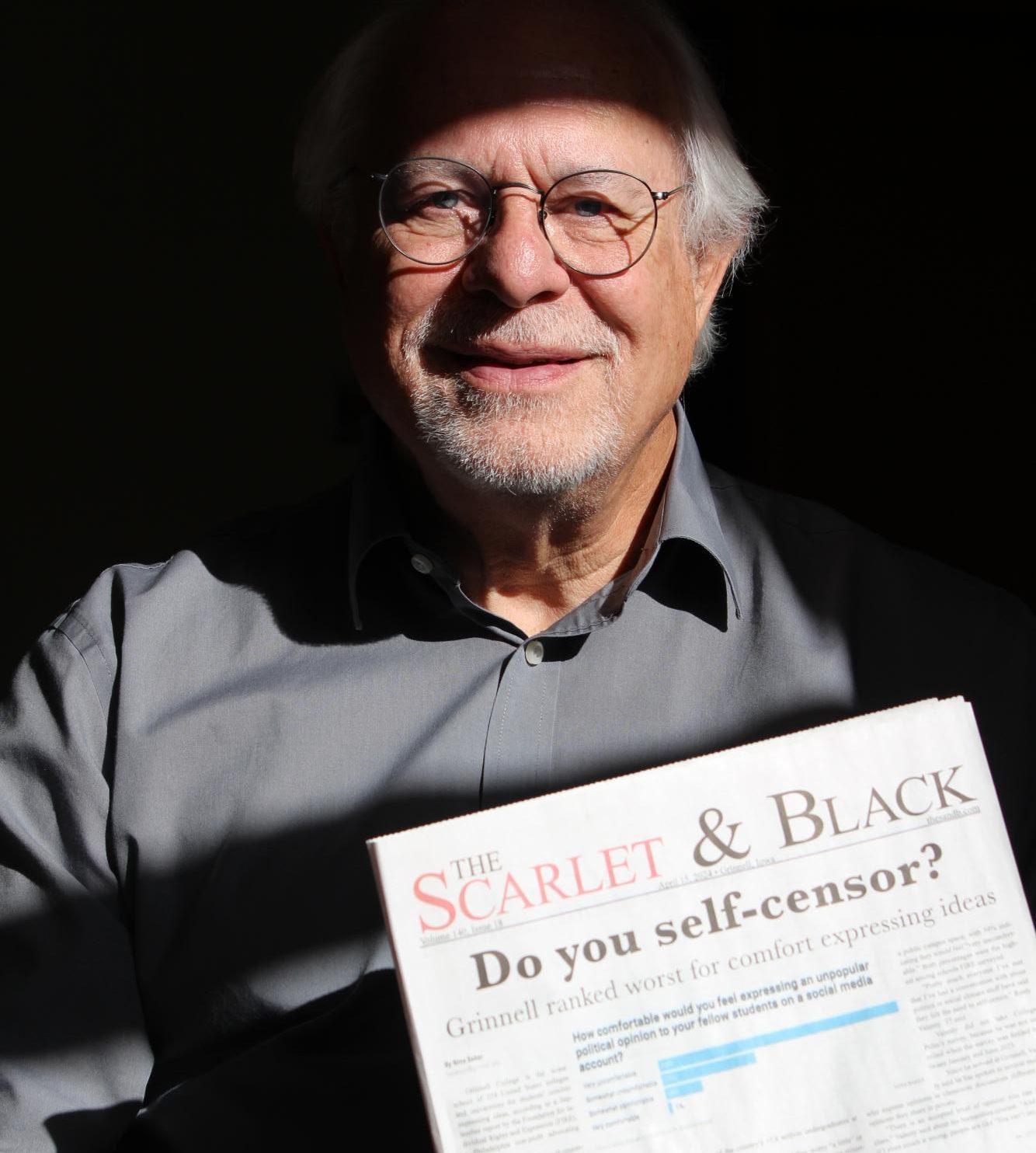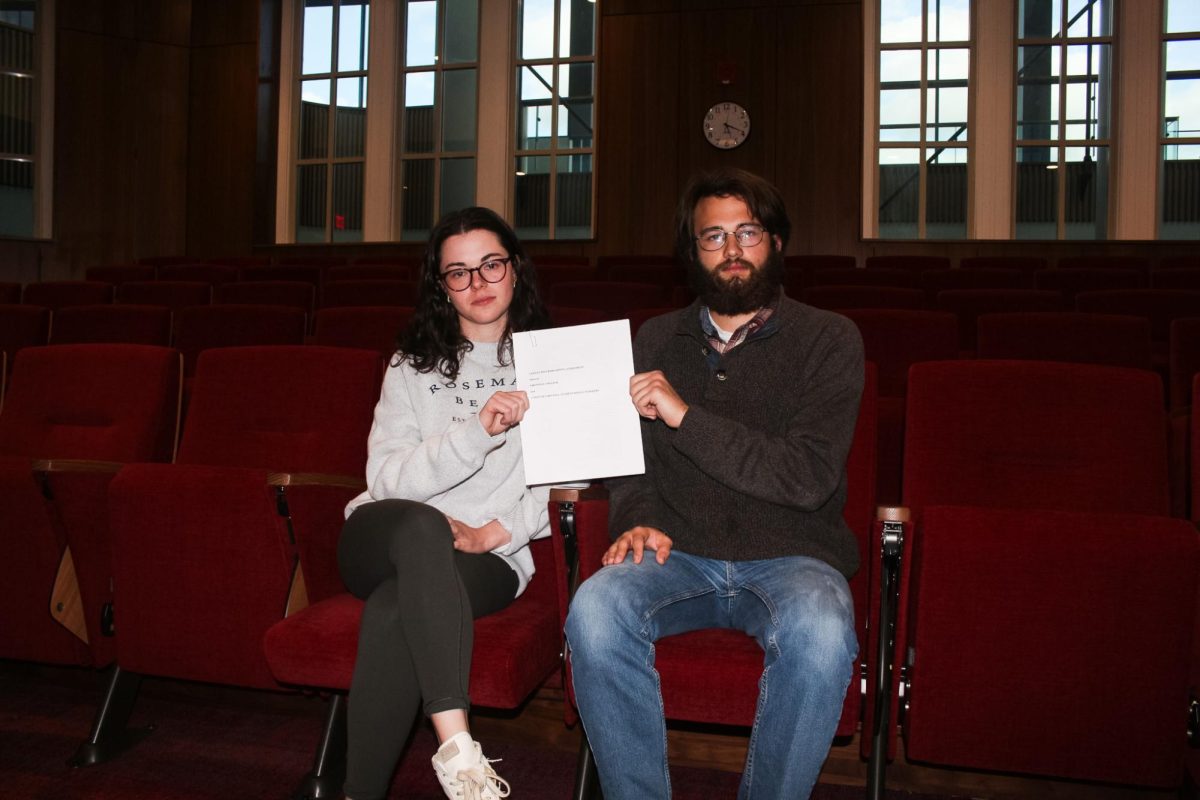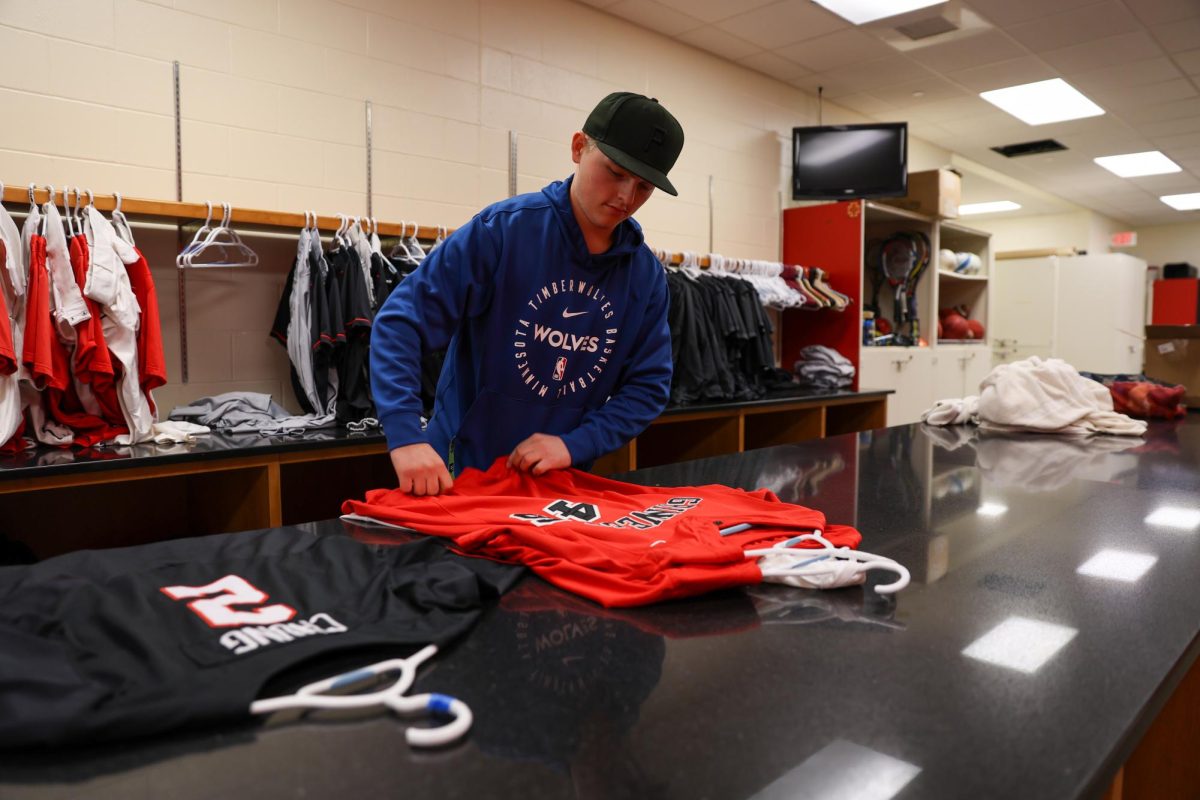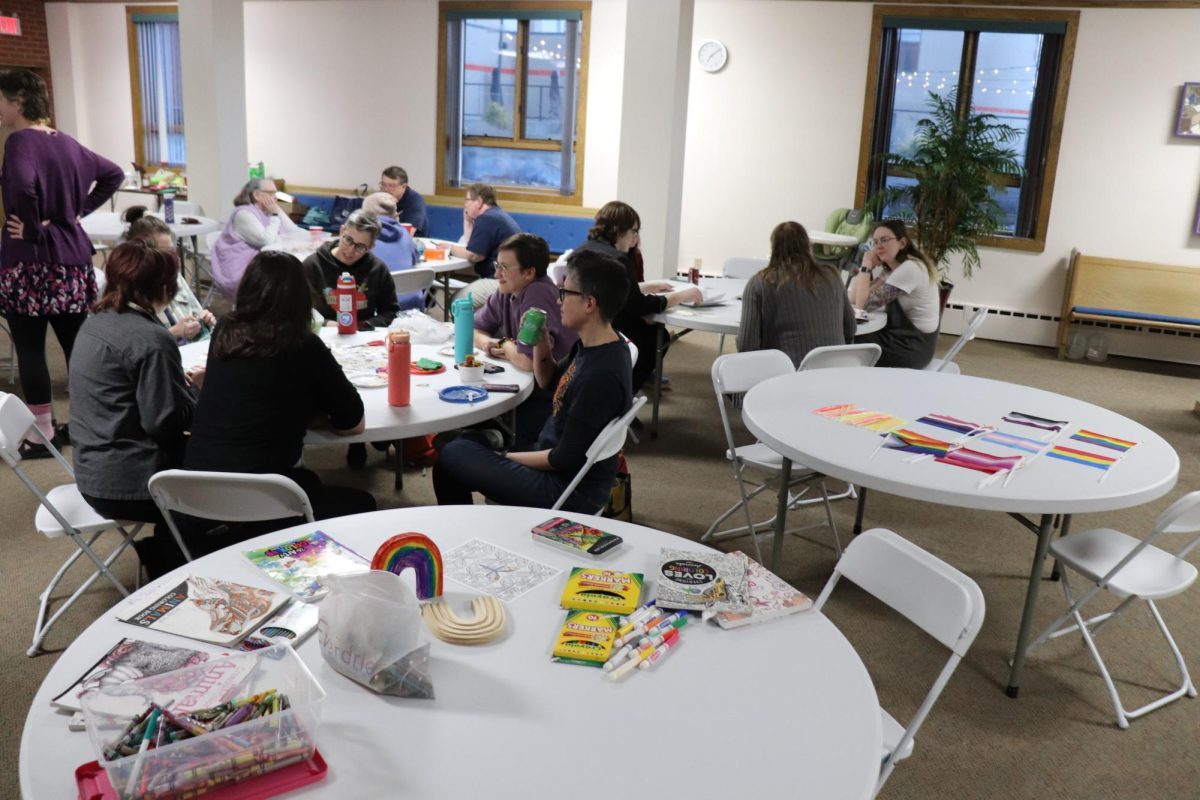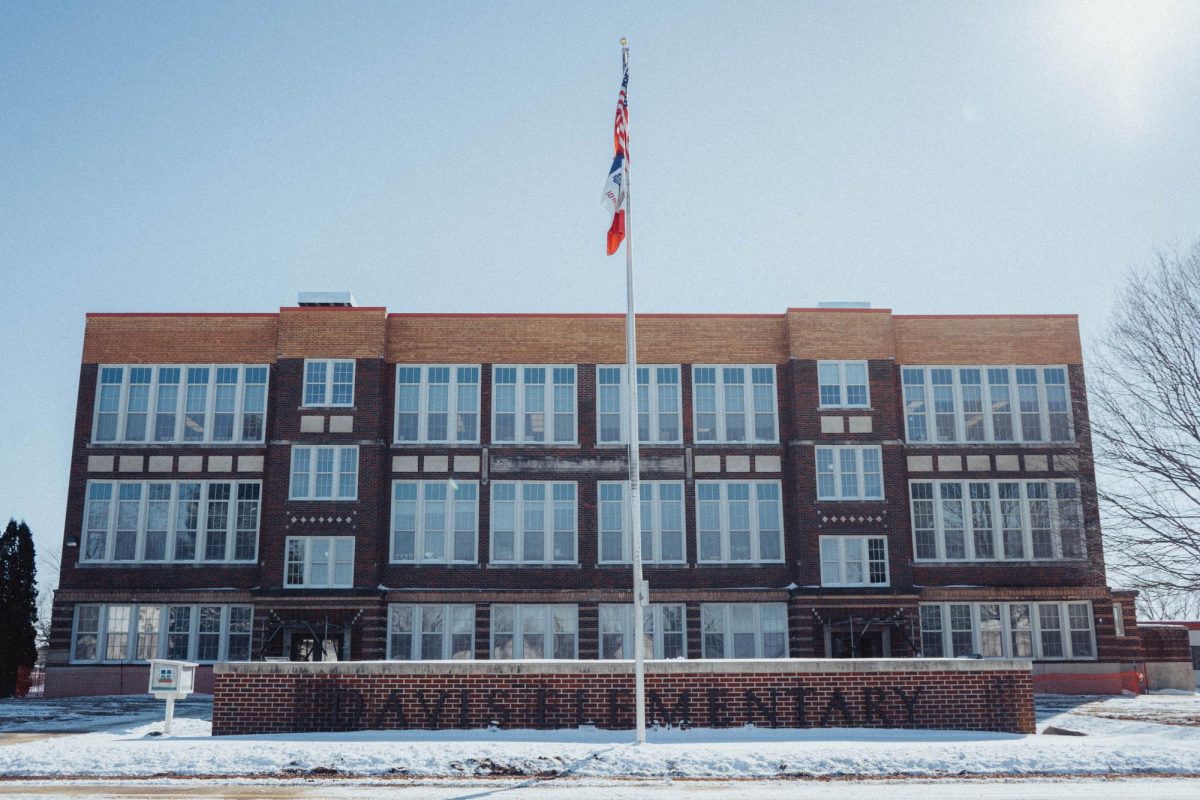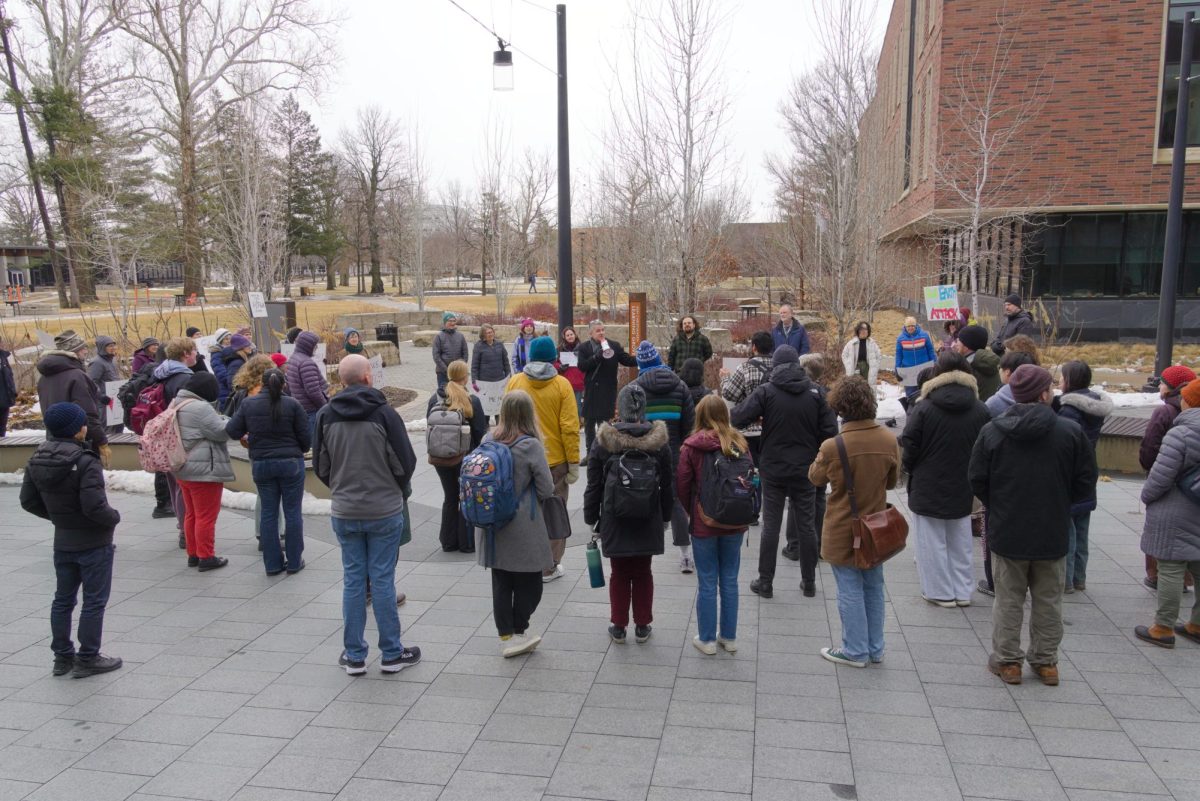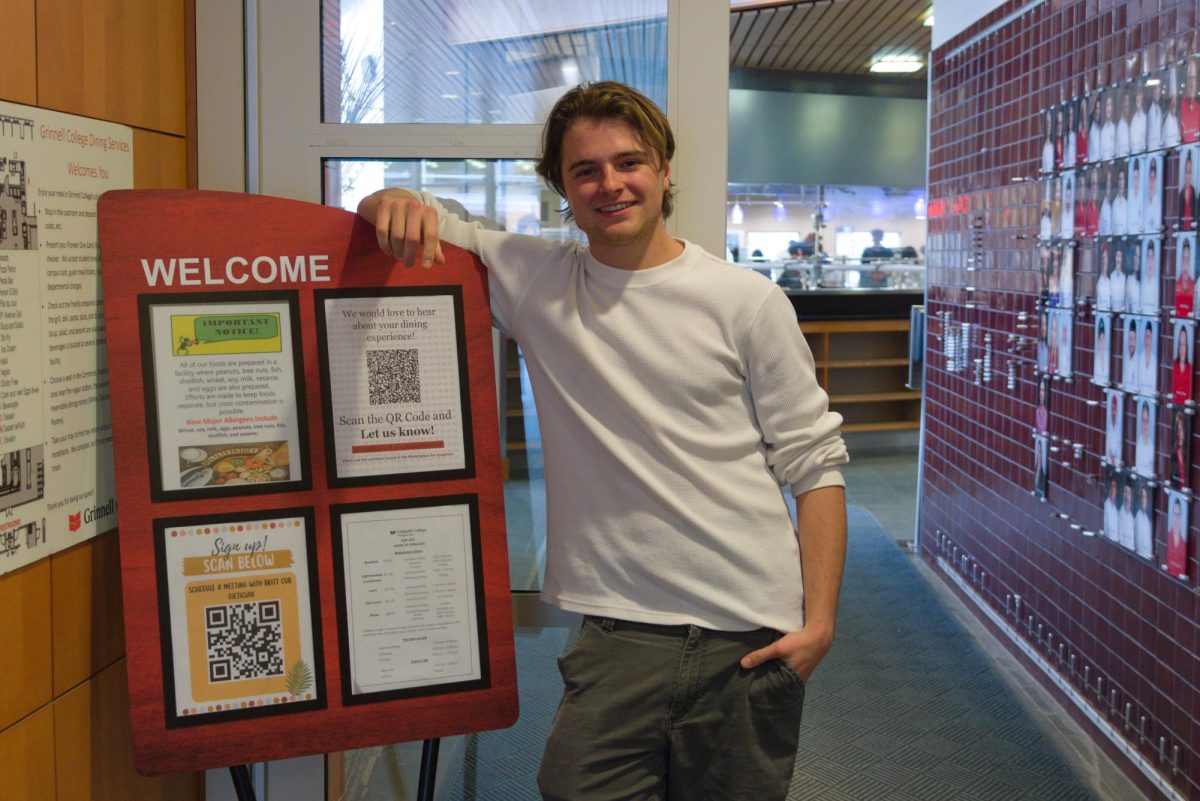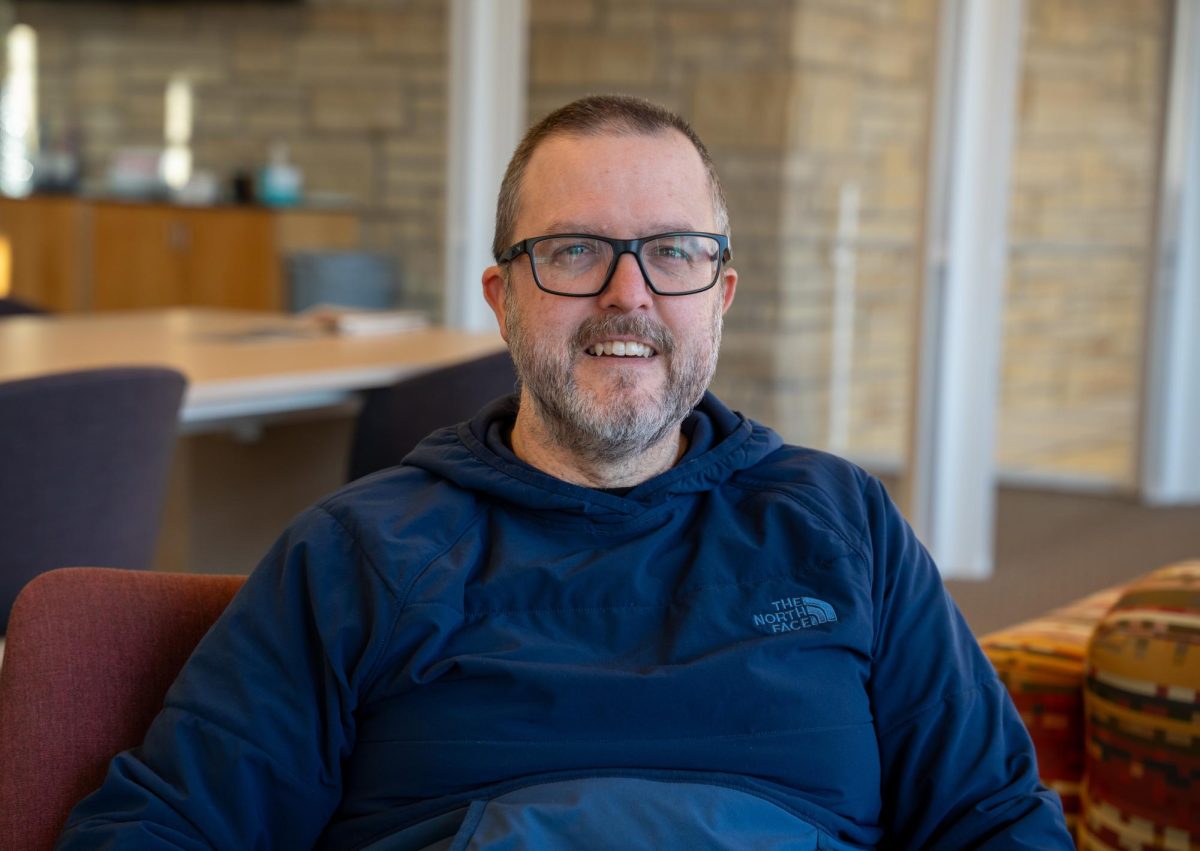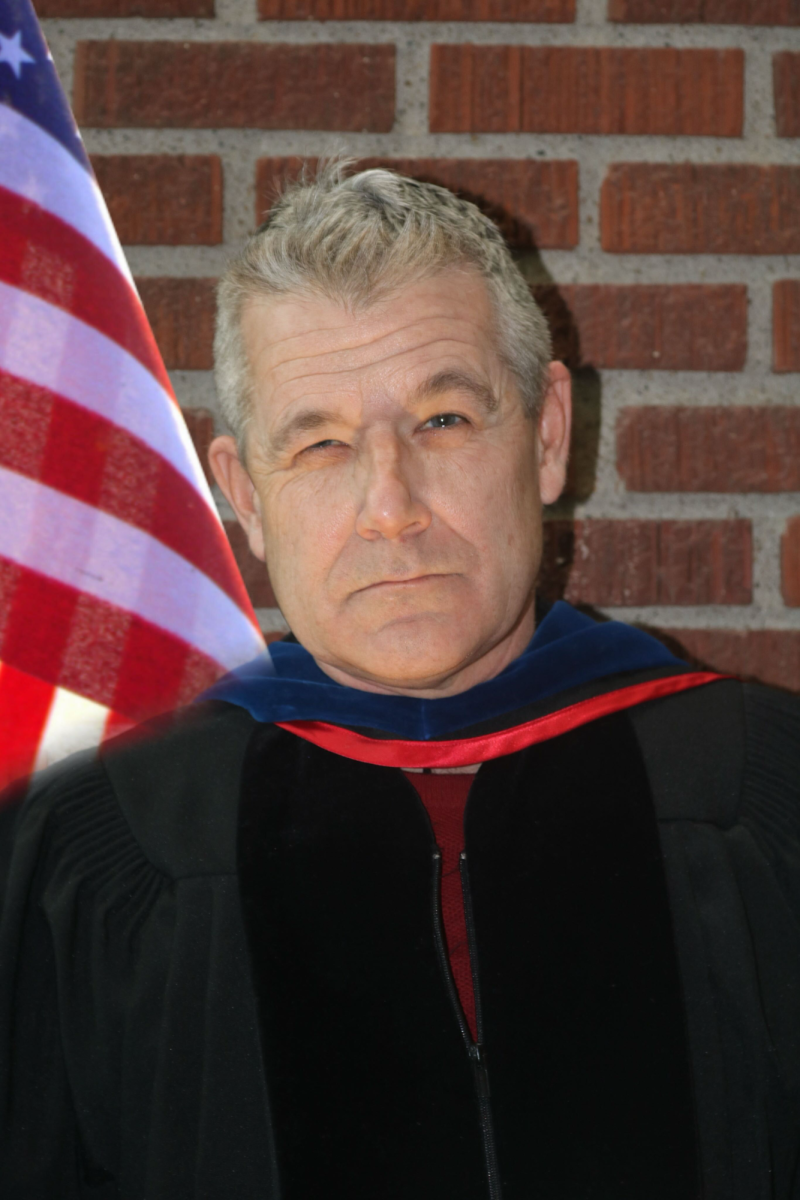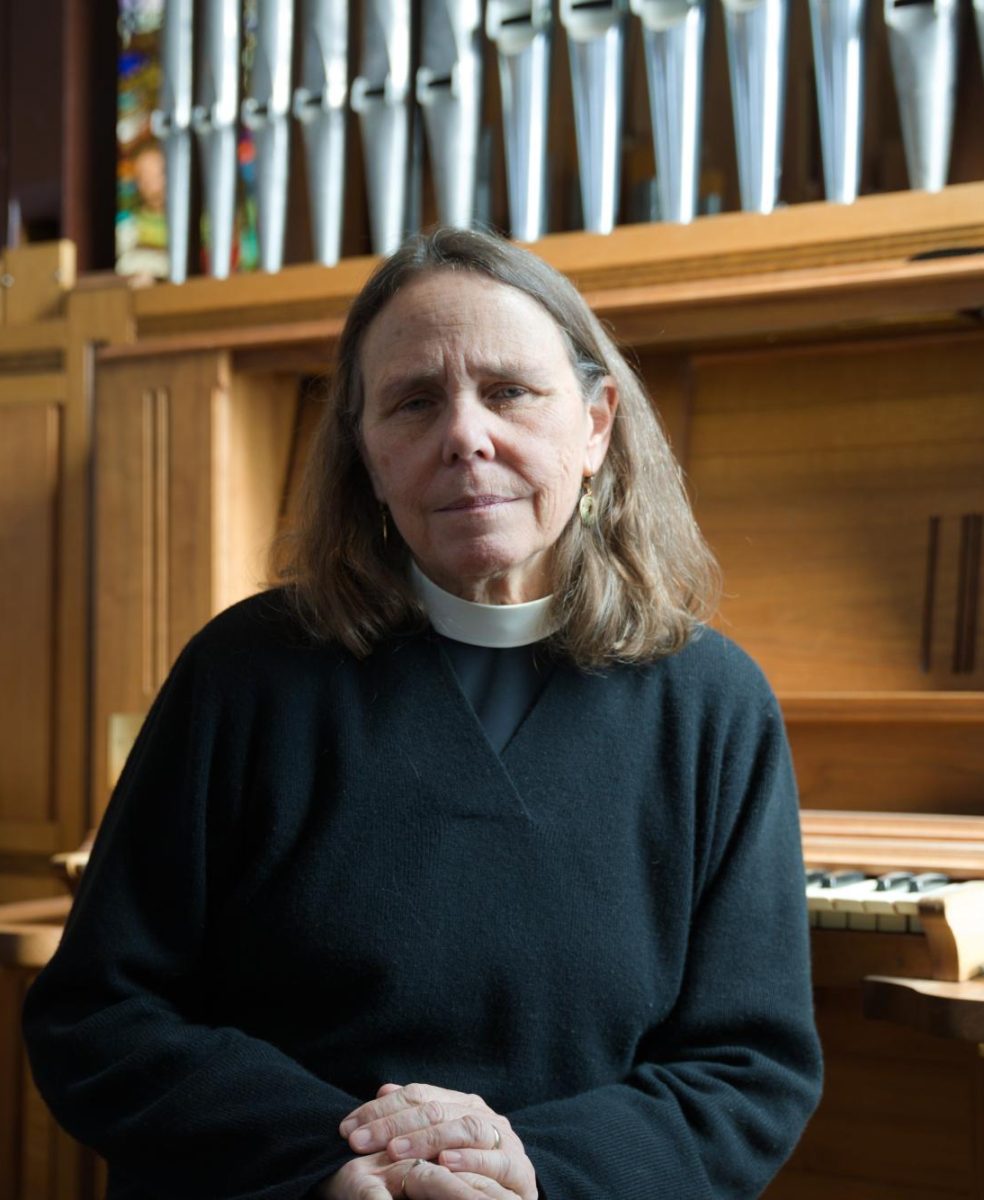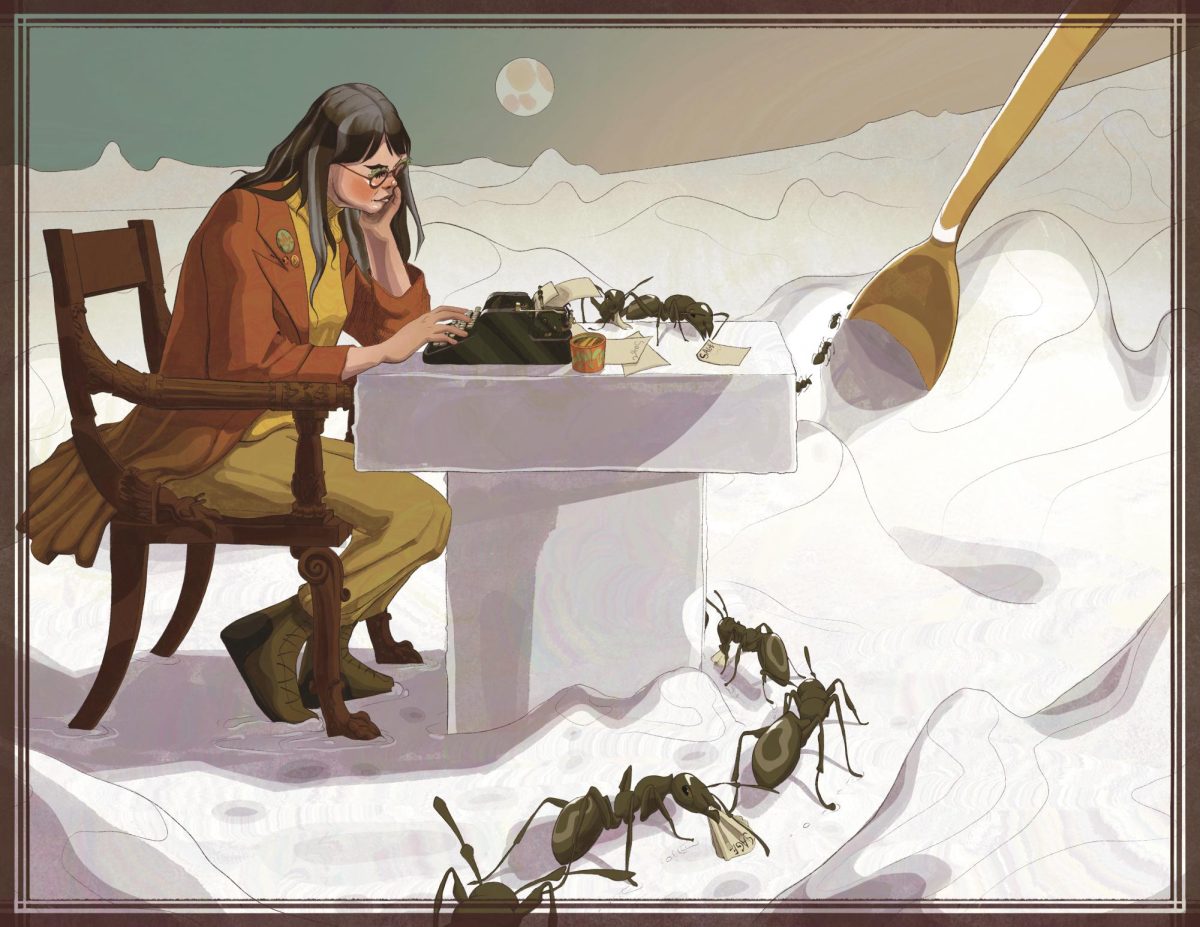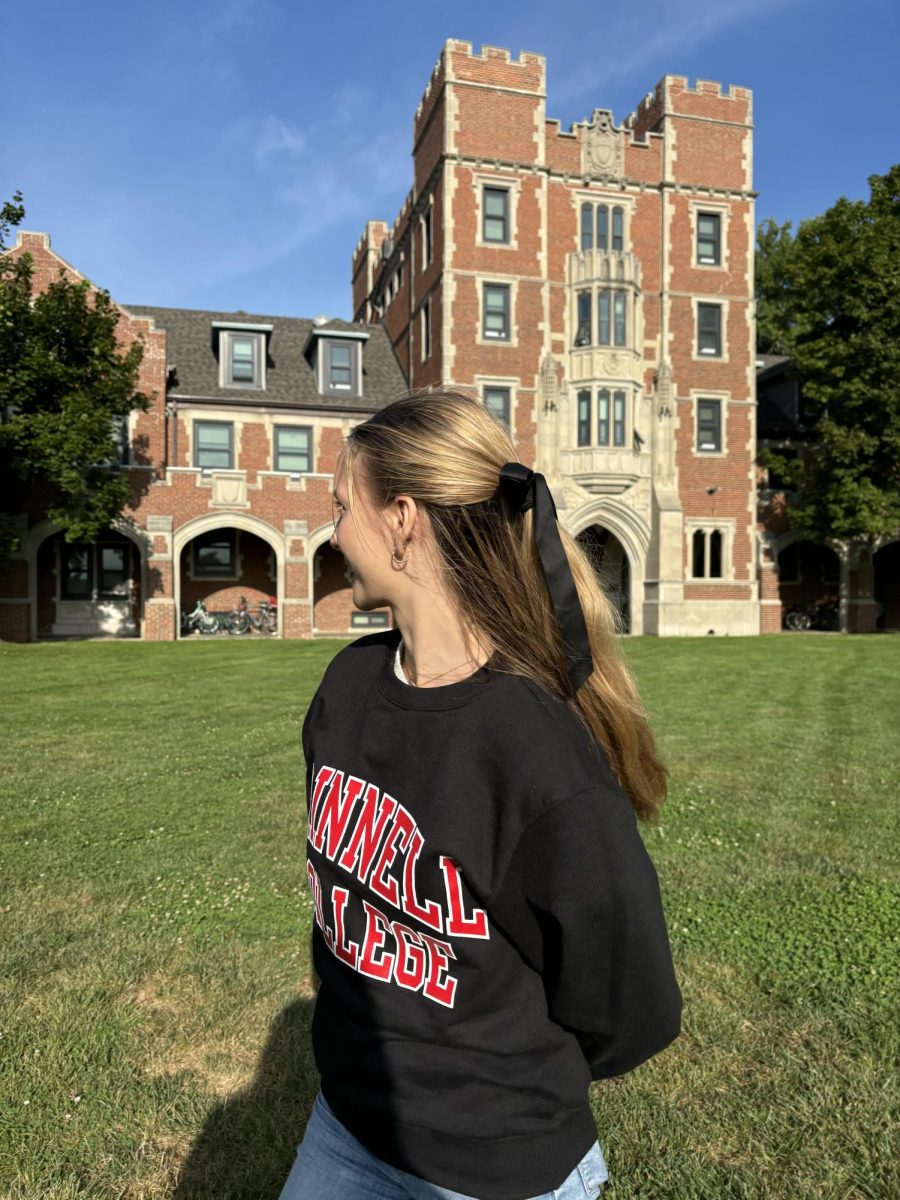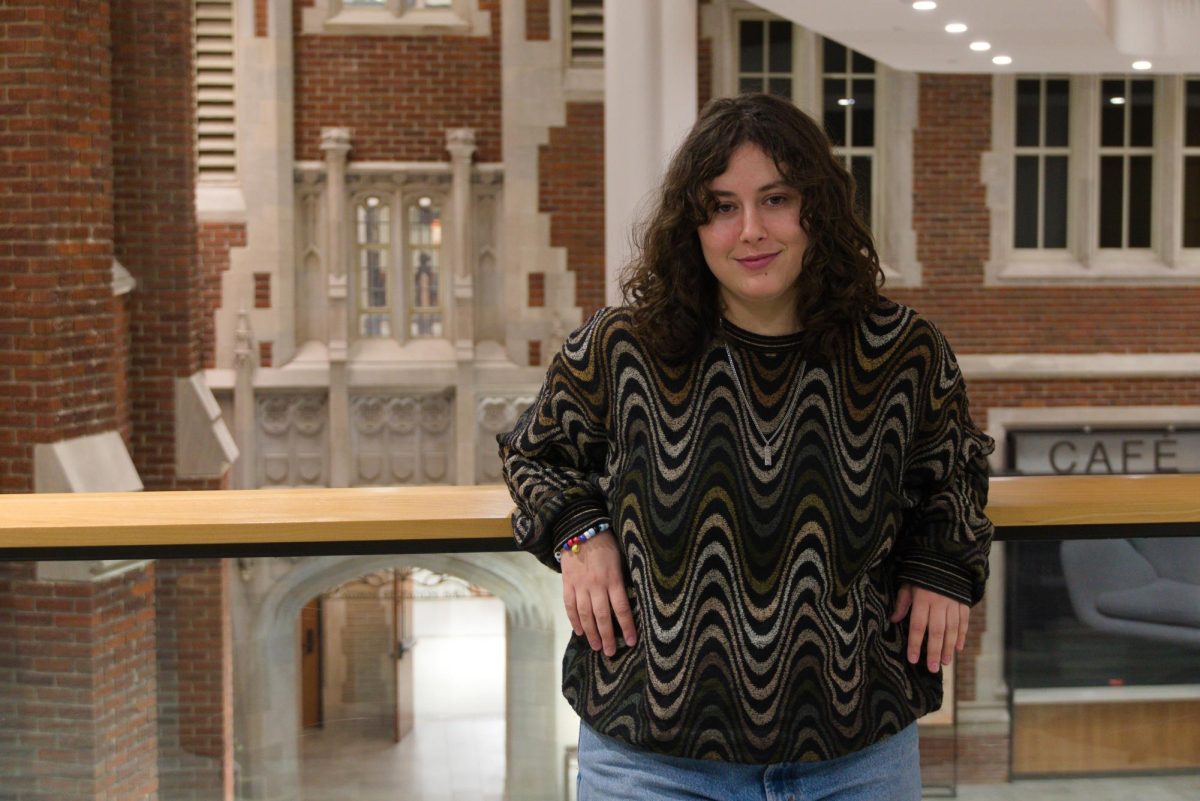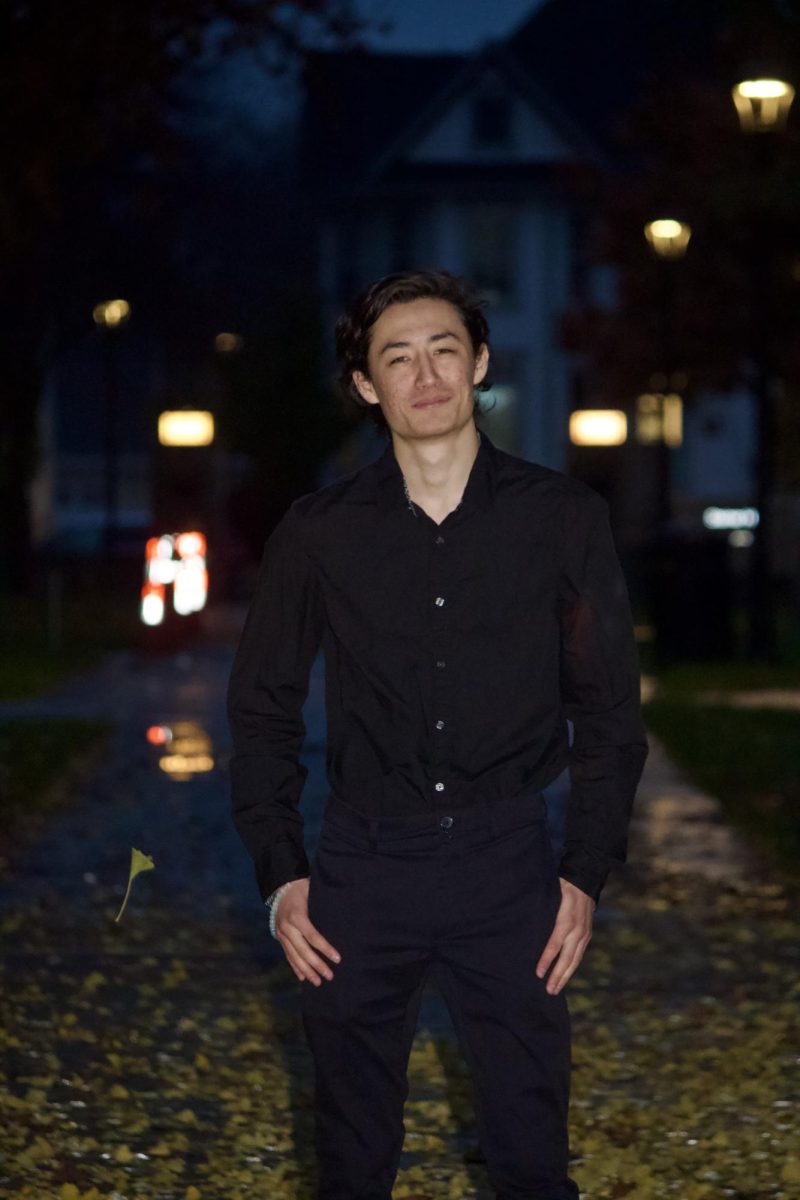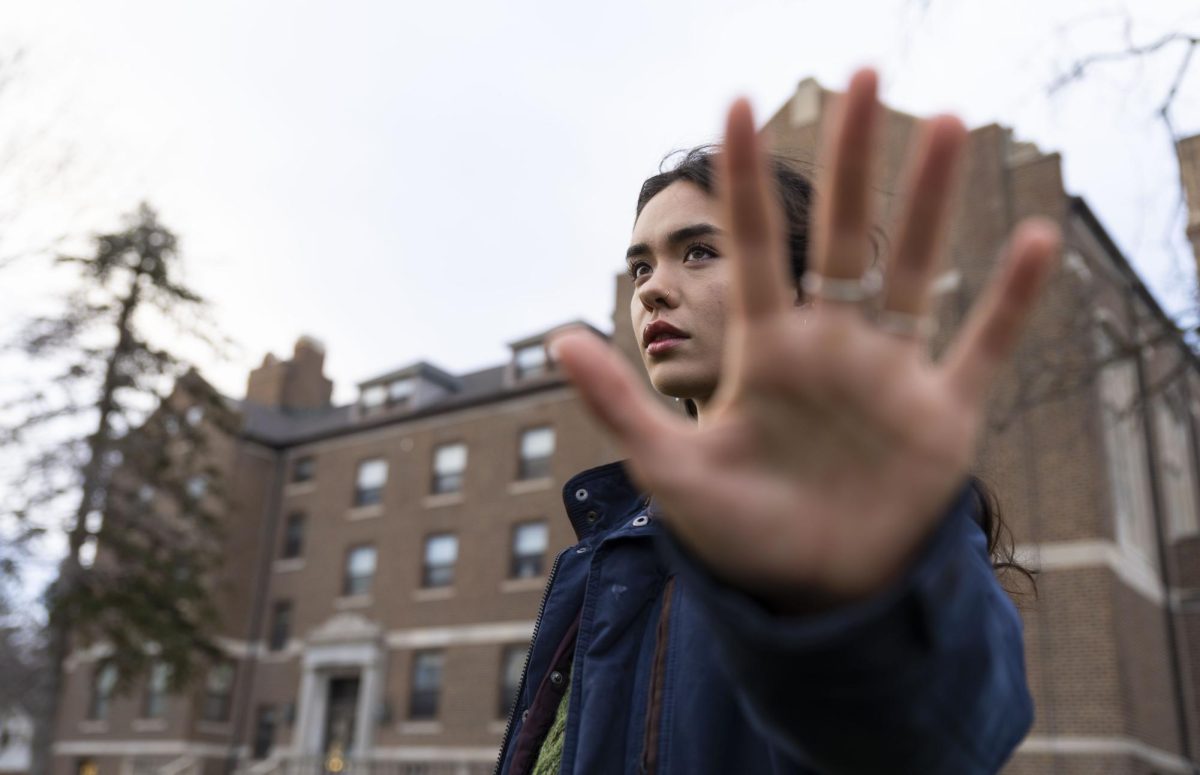Harvard University President Claudine Gay was feeling the heat nationally after failing to say straight out in congressional testimony that calling for Jewish genocide would violate Harvard’s bullying and harassment rules.
It depended on context, Gay responded to a happily waiting political opponent, Rep. Elise Stefaniak, R-New York, who had asked the question at a Dec. 5 hearing and who predictably proceeded to make political hay with the answer immediately.
“I am sorry,” Gay said three days after her testimony, a little less than a month before resigning after plagiarism allegations against her surfaced. “Words matter.”
Her apology, widely distributed by national news media, was made in an interview with The Harvard Crimson, the university’s student newspaper that also was first to report Gay’s resignation. The Crimson’s reporting was yet another example of the value of a student newspaper that makes its campus community stronger and better informed but also benefits society on a larger scale because of its strong practice of good journalism.
Other examples exist. The Washington Post reported in 2020 that college student newspapers were leading the way in reporting COVID-19’s effects on college learning. Closer to Grinnell, The Daily Iowan’s Marissa Payne, now a reporter at The Gazette in Cedar Rapids, broke a story about the University of Iowa spending $3.9 million to follow a contractor’s request to dump one subcontractor for another on a building project for no stated reason. Just last October, The Scarlet & Black revealed that former Republican presidential candidate Vivek Ramaswamy lied about two people who hit one of his campaign cars and told campaign staffers to move the car that was hit out of the no-parking zone where it had been parked before police arrived. Relying on its staff reporting, The S&B exposed for a large audience a lie that Ramaswamy told about the accident, which a Fox News cable TV show host was happy to spread and which international media outlets were spreading about a Grinnell College student.
The Scarlet & Black, which dates to the end of the 19th century, exists to tell its readers about events, trends, decisions, policies and personalities that change what we individually call the norm or threaten our notion of that norm. This is the definition of news, and discerning it is no easy task. It requires research, interviewing, fact checking, second interviews to cover items missed in the first interview, critical content editing, copy editing, design and one last run through before being posted online or committed to print. The work is done in a compressed amount of time and, for college newspapers like The S&B, while juggling academic demands. But, it is important and intended to reflect the campus where it exists and responsibly report challenges to the norms that exist. If someone beyond campus happens to notice, it shows that Grinnell College students can advance important conversations on a larger scale.
“The main effort of this publication is fully to represent the growing interests of the college along many lines,” read an editorial in the first semi-weekly Scarlet & Black, published Sept. 12, 1894. Those interests included athletic and society news for what the article called “the entire number of students.” It was a noble calling, although the paper’s editors at the time begged off on reporting policy decisions. “Perhaps too many outline their policy and too few follow it,” the article stated. In modern times, we call that a reason to cover policy.
Move forward to the April 23, 1924 edition — 100 years ago — and you learn that Grinnell College became the nation’s third college to get a Theta Sigma Phi charter, that a Chinese diplomat was coming to campus, and that the College was making new housing plans for first-year, second-year, and upperclassmen female students. Apparently, editors decided by then that reporting policy was a good idea.
Throughout the years, The Scarlet & Black has reported when Grinnell’s first student to sign up for World War II post-Pearl Harbor left the campus in January 1942, how many cars driven by students would be allowed on campus in April 1953, a campus-wide revolt against allowing Reserve Officers’ Training Corps (ROTC) or getting college credits for being in ROTC in April 1969, and, in 2024, that Grinnell College led the nation in reaching a collective bargaining agreement for undergraduate student workers. In February, the Iowa College Media Association named The Scarlet & Black its 2023 Overall News and Multimedia Excellence award winner.
Now, we find ourselves deep in the digital age. This means developing new ways to gather and present news. The trend is not new to The Scarlet & Black, even though some people still like reading the printed paper and a printed paper can be more focused than searching the Internet for news. Many years ago, I was an editor at The Gazette in Cedar Rapids and interviewed by Iowa Public Radio along with current University of Iowa Professor Emeritus Stephen Berry. We were asked about digital news’ now well-documented negative impact on newspaper circulation. As I sat in the middle of The Gazette newsroom, I said worrying about the impact on newspapers, troubling to an old newspaper guy like me, was the wrong concern. Our concern, I said, should be that we preserve strong, reliable, relevant journalism and its demand for fact finding and the ethics needed to collect news.
That was at the beginning of 2009 but I still believe it. It is what drives weekly training sessions on journalistic best practices and ethics I hold with The Scarlet & Black staff. It is the hill to defend.
Lyle Muller is The Scarlet & Black’s professional adviser. He is a retired Iowa journalist who formerly was editor of The Gazette of Cedar Rapids, IowaWatch.org, and PolitiFact Iowa. He taught a couple semesters at the University of Iowa School of Journalism and Mass Communication and is a two-time former Pulitzer Prize jurist.
